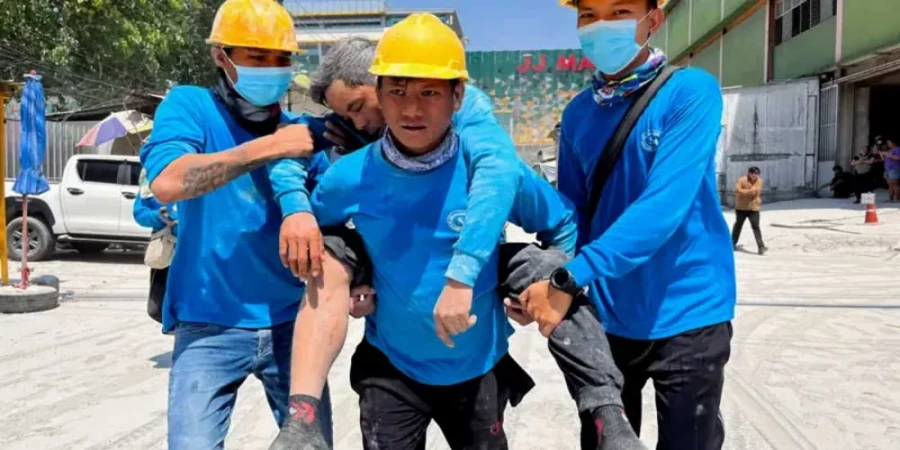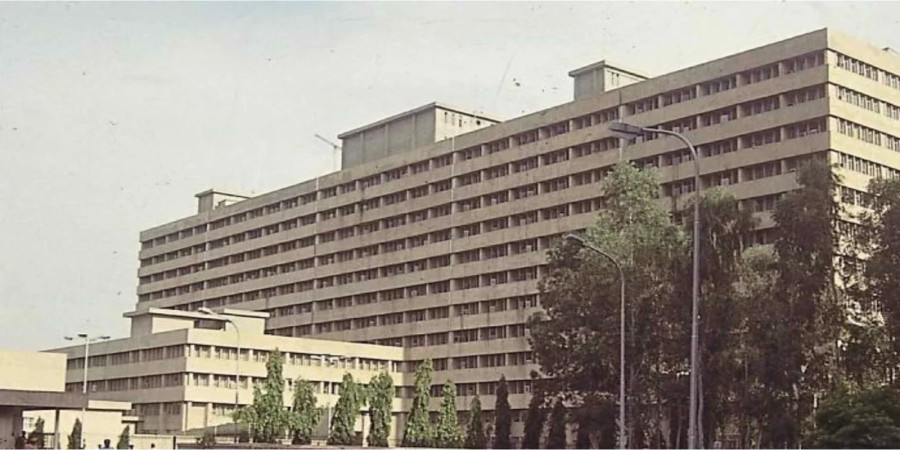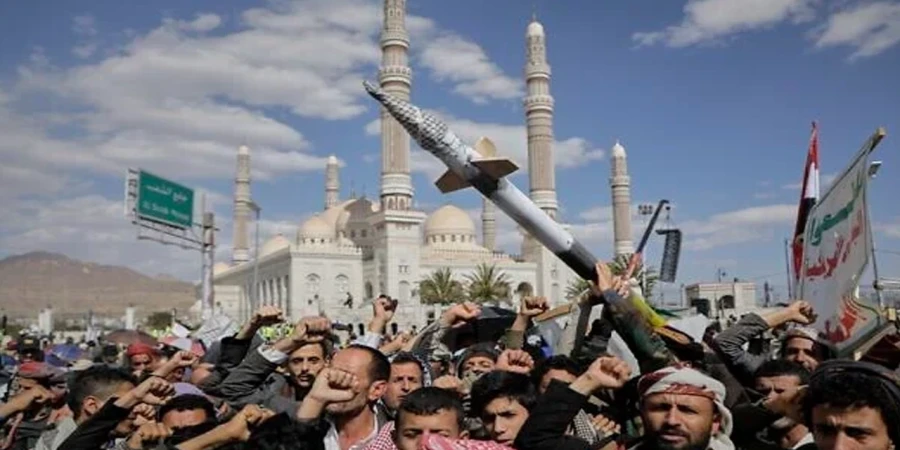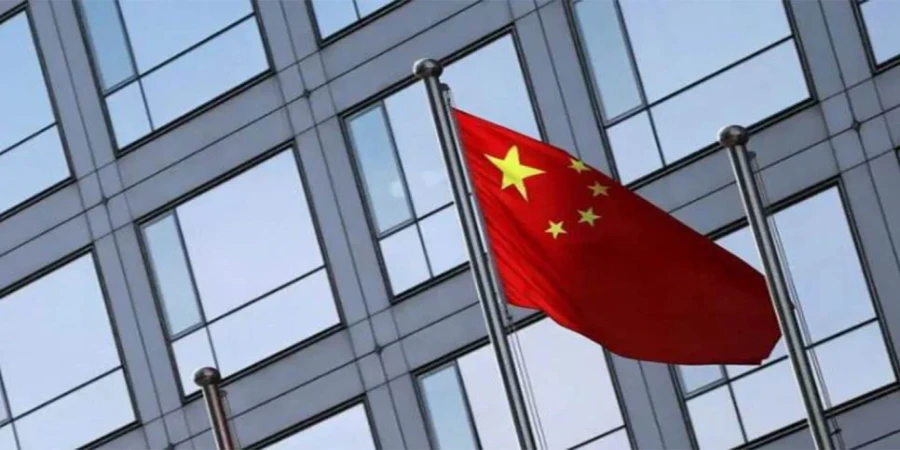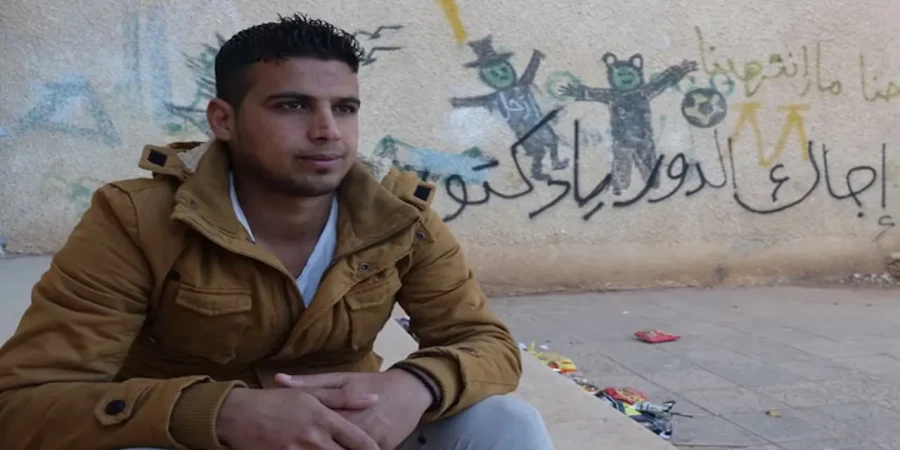
ছবি: Graffiti Drawn by a Teenager in Syria. Photo: Collected
Bashar al-Assad’s regime in Syria has collapsed, marking the end of over two decades of his rule. One of the most pivotal moments that led to this dramatic downfall traces back to a 14-year-old boy whose graffiti ignited a national rebellion 13 years ago. The incident was reported by Indian media outlet NDTV on December 8.
In 2011, in the southern Syrian city of Daraa, a teenager named Muawiya Sayasnah spray-painted a message on a wall. The graffiti read, “It’s your turn, Doctor,” targeting then-President Bashar al-Assad, who was trained as an ophthalmologist before assuming political power following his father’s death. The slogan was a symbolic call for Assad to step down, echoing the frustrations of a population yearning for freedom.
Muawiya’s graffiti struck a chord with the Syrian people and became a rallying cry for resistance. The Assad government’s response was swift and brutal. Muawiya and his friends were arrested and held for 26 days, during which they were reportedly subjected to torture. The news of their detention spread rapidly, enraging the residents of Daraa. Parents, neighbors, and activists took to the streets to demand the boys’ release.
What began as a local protest soon escalated. Security forces attempted to suppress the demonstrations with tear gas and live ammunition, further fueling public anger. The unrest in Daraa quickly spread to other cities, with nationwide protests erupting on March 15, 2011. Initially peaceful, these demonstrations called for reforms and the end of Assad’s authoritarian rule. However, the regime’s violent crackdown transformed the protests into a full-scale civil war.
Bashar al-Assad had risen to power in 2000, succeeding his father, Hafez al-Assad. While initially promising reform, his rule soon mirrored his father’s authoritarian governance. Over the years, Assad faced numerous allegations of human rights abuses and suppression of dissent. In 2011, the Arab Spring uprisings across the region shook his regime, but with the backing of allies like Russia and Iran, he managed to cling to power.
The tide eventually turned against Assad as his international allies reduced their military support. Russia and Iran, critical to sustaining his regime during the civil war, scaled back their involvement in Syria. Meanwhile, the opposition, led by groups like Hayat Tahrir al-Sham, gained momentum, capturing strategic areas and pressuring the government. With diminished resources and a fractured base of support, Assad fled Syria in secrecy, reportedly boarding a plane to leave his homeland.
Muawiya Sayasnah’s graffiti, once an act of youthful defiance, is now etched into history as the spark that ignited Syria’s fight for change. The boy who dared to challenge a dictator set in motion a series of events that altered the nation’s trajectory, leaving an indelible mark on the struggle for freedom in the Middle East.
repoter



